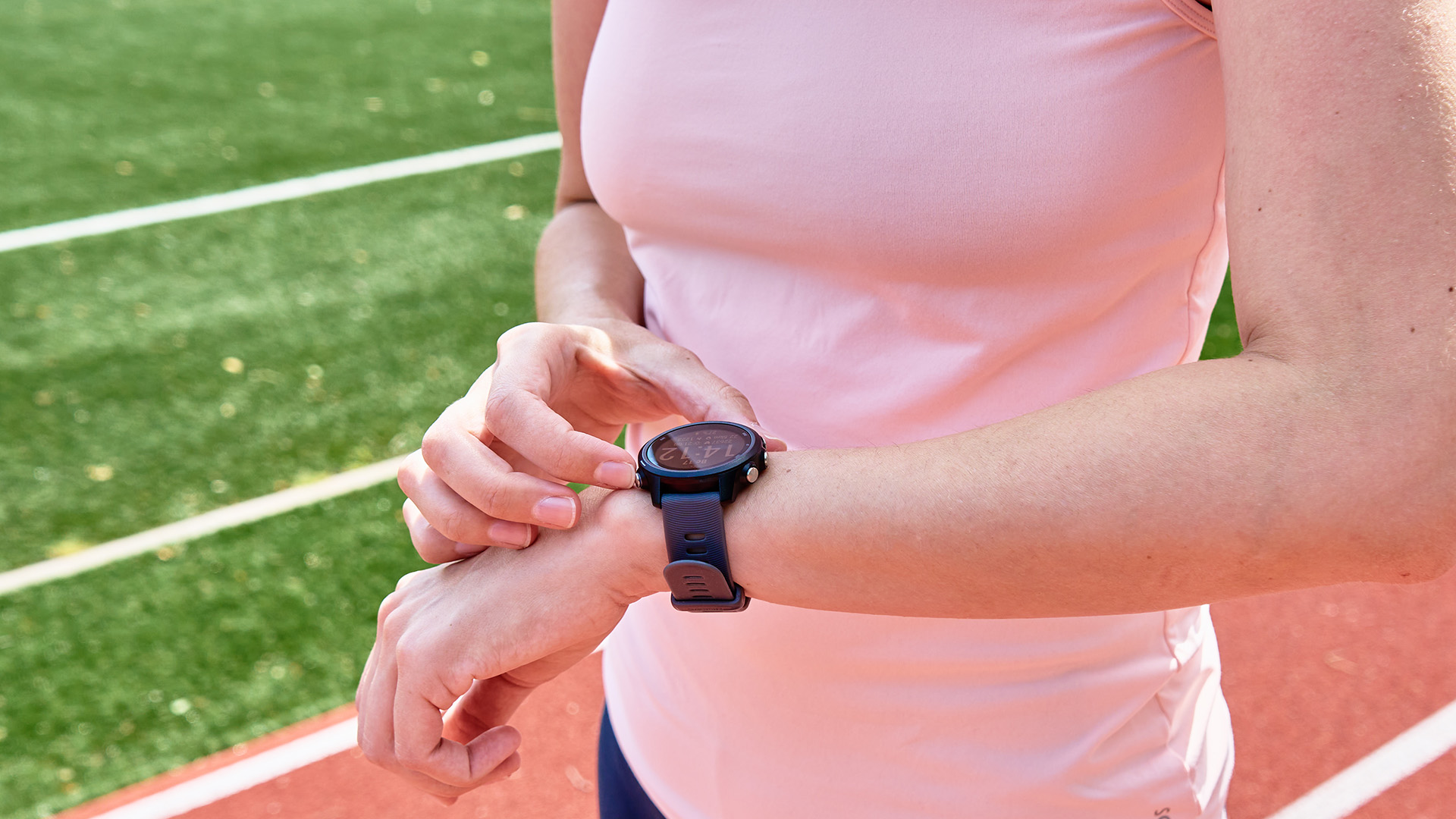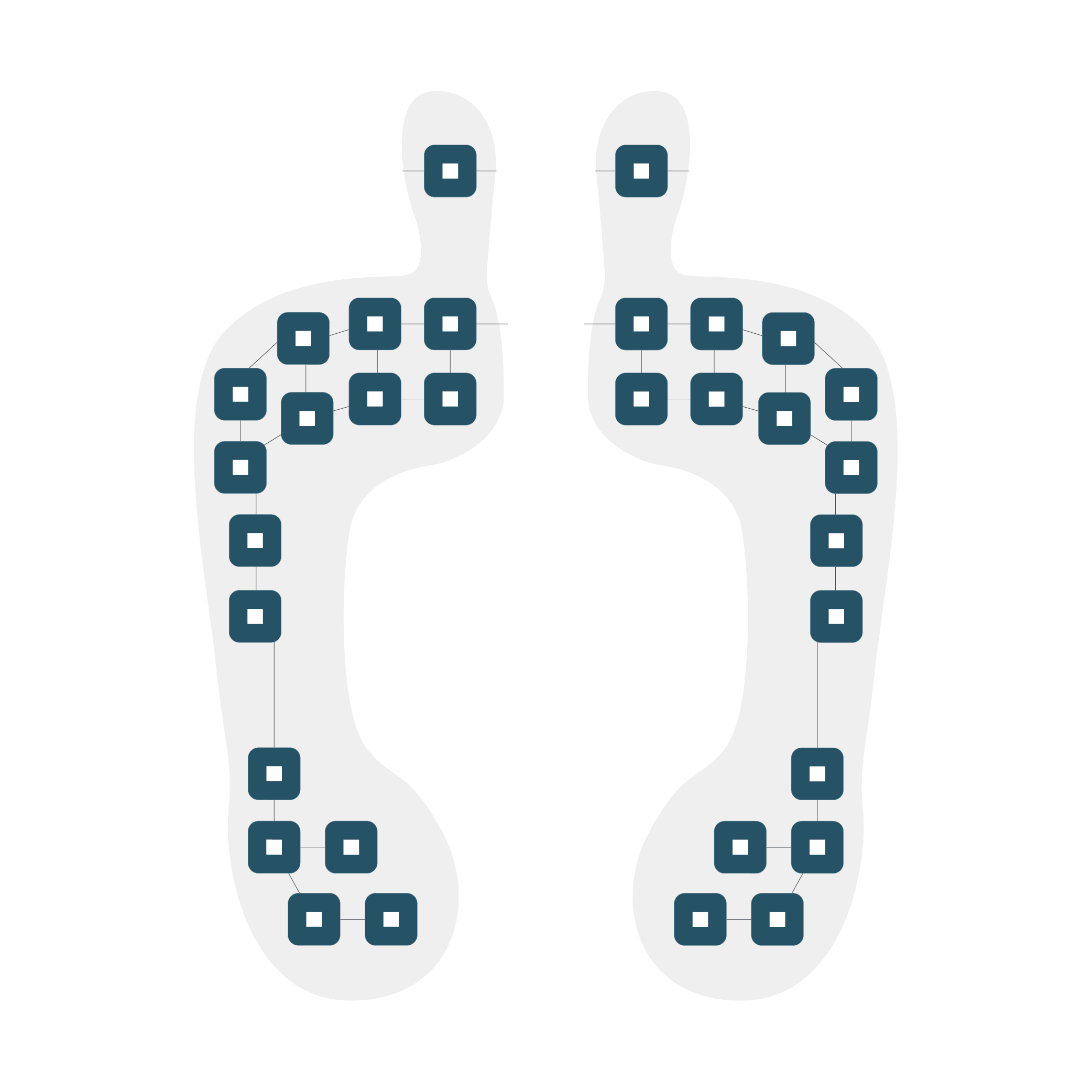Introduction
On the heels of 221e’s mention as a Sample Vendor for Biosensors in the recent, 2022 Gartner® Emerging Tech Impact Radar: Smart Home, we think it is fitting to explore the world of biosensing technology and the opportunities it presents in a context outside its clinical uses. As Gartner states, “They [Biosensors] are incorporated into a broad range of portable and nonportable devices and wearables to support various smart home healthcare applications”.
Biosensors present a remarkable opportunity to measure physiological elements in a real-time, continuous, and nonintrusive way, by leveraging flexible electronics and semiconductor technology. Advances in nanotechnology and sensor miniaturization coupled with lower costs have driven the development of new wearable sensors. The versatility of these innovative solutions makes biosensors a promising venture, with a substantial impact on the quality of life, diagnosis, and early treatment of illnesses.
Recent Advances in Biosensors
Biosensors incorporate a range of advances in microelectromechanical (MEMS), biochemical sensing, electrocardiogram (ECG), photoplethysmography (PPG), electromyogram (EMG), and electroencephalogram (EEG)-based neural sensing platforms. According to Gartner, “With the advancement of nanotechnology and new materials, the R&D of biosensors has become more open and multidisciplinary.”
In the last decade, considerable progress has been made to develop non-invasive wearable biosensors that can detect biomarkers for data analytics without impeding the performance of an athlete. In particular, the integration of wearable sensors in professional sports can combine the use of IMU to measure movement-based parameters like distance, velocity, and acceleration; with bio signal sensors to assess the physiology of the athlete during practice.
Personalized Wearables in Professional Sports
As the market stands, smartwatches and smart bands still dominate the activity tracking sphere. There is, however, a growing demand for more personalized solutions, as there are some contexts where these kinds of trackers are unsuitable. One example lies in contact sports, where wearing a smartwatch or fitness tracker on the wrist is not ideal. The placement of a wearable biosensor is another factor that determines its suitability. In certain sports, such as figure skating, placing a wearable nearer to the center of mass, on the lower back for instance, may be the most advantageous for capturing beneficial data accurately.
In such cases, a very feasible solution for the professional athlete market is the use of removable sensor pods or flexible sensor membranes.
Removable pods can be equipped with the same type of motion and heart-rate sensors found in smartwatches. Of course, location is tantamount to success and the removable biosensor must be in direct contact with the user’s skin and can be kept in place via chest straps, underwear, or trousers. It is becoming common to see systems like the Muse (Miniaturized Multi-sensor) used in combination with a Heart Rate sensor. Professional golfers and cyclists also wear such systems as wristbands or adapted for insertion into their apparel. Wearable pods have distinctive advantages including miniaturization, high sensitivity combined with high accuracy, and low power consumption, rendering them suitable for wearable biosensing analysis.
Elite athletes are continually seeking new technologies to maximize the effectiveness of their therapies and boost their performance. Personalized wearable biosensor systems help to monitor their training and recovery. Due to the popularity of such cases, the wider market has begun to understand the benefits of insights provided by these personalized wearables.
In this case study, 221e developed a non-invasive wearable solution to measure the speed, acceleration, hand orientation, and the pressure between the hand and the grip of a recurve bow. Sensors were manufactured using thin membrane electronics that flex with the archer’s hand, so as not to impede their technique.
Challenges in Adopting Wearable Biosensors
Despite these developments, there are still hurdles to overcome for many biosensors to reach full performance. These include improving available power supplies, device deformation, the ability to withstand constant wear, and security and privacy concerns.
Another obstacle in the adoption of wearable biosensors is the translation of data to create actionable insights. Sports teams are sometimes not equipped to disseminate data that is acquired from wearable biosensors. Questions such as “How do we use this data?” or “What does this data mean?” have hindered the efficacy of this technology. To this end, it is common to collaborate with experts who transform data from the sensors into comprehensible metrics for trainers, players, and decision makers within an organization. Wearable devices coupled with these insightful analytics complement an athlete’s training and improve their overall health and performance.
How Biosensors Will Change the Game
With the increase in wearable sensors for sports has come a great demand to “quantify the athlete.” Doing so means focusing on the application of wearable biosensors to measure motion and other physiological indicators.
The outcome is the ability to better predict factors that contribute to physical exertion, and balancing training intensity for a personalized workout or recovery schedule. Athletes can then maximize their performance and further avoid overtraining because of inadequate rest.
To be effective, wearable biosensors must meet each athlete on their field, providing clear insights that help tailor and optimize their performance.
GARTNER DISCLAIMERS:
GARTNER is the registered trademark and service mark of Gartner Inc., and/or its affiliates in the U.S. and/or internationally and has been used herein with permission. All rights reserved. Gartner does not endorse any vendor, product or service depicted in its research publications, and does not advise technology users to select only those vendors with the highest ratings or other designation. Gartner research publications consist of the opinions of Gartner’s research organization and should not be construed as statements of fact. Gartner disclaims all warranties, expressed or implied, with respect to this research, including any warranties of merchantability or fitness for a particular purpose.

